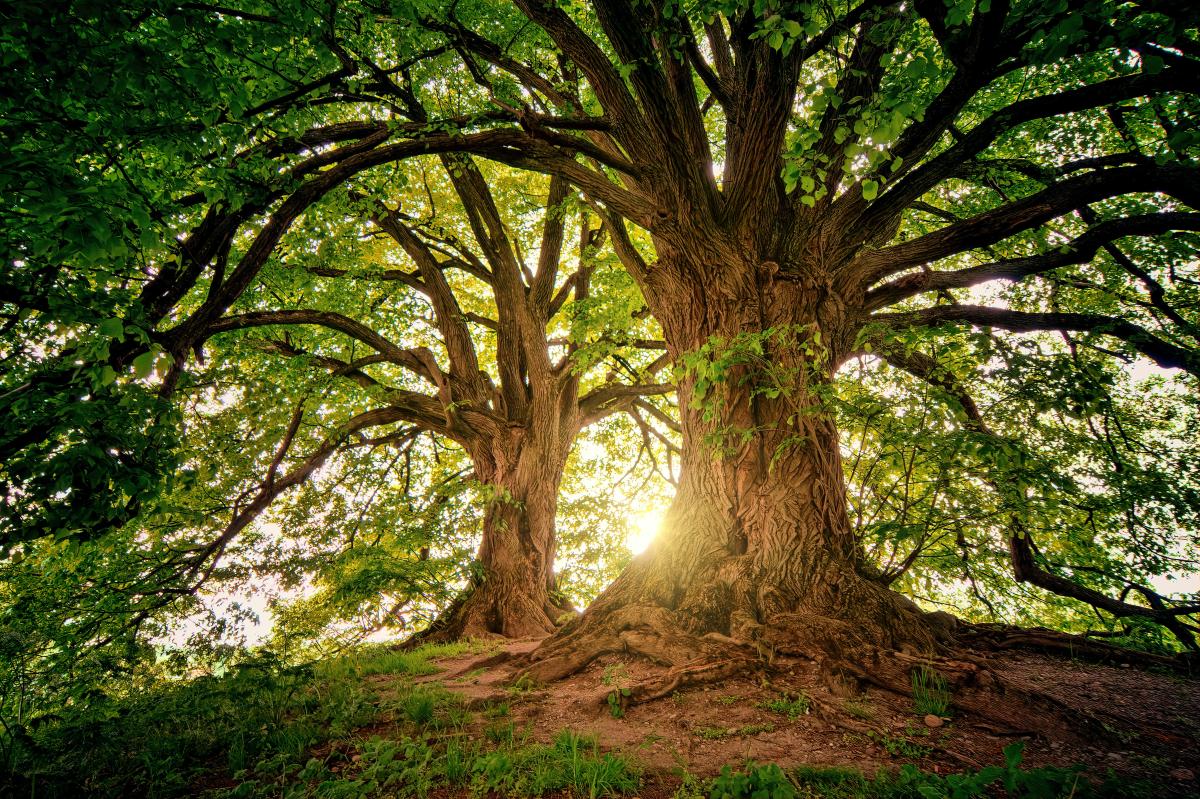Students will be able to identify, understand and describe acute, obtuse, right, scalene, isosceles and equilateral triangles and use this knowledge to perform at the Sphero Rodeo! This lesson
In this lesson, students will continue to build on their knowledge of electric circuits by testing materials for conductivity. Students will use Makey Makeys and random supplies to generate a
Students read The 3 Little Javelinas and experiment with making adobe bricks dwellings. Students analyze temperature data and describe benefits and drawbacks to using adobe.
Students are introduced to the javelina through reading part of The Three Little Javelinas, reading about javelinas and watching an informational video. They discover potential conflicts and root
This lesson can be applied to multiple content areas. Following a discussion about what a cause is and looking at examples, students will work in groups to create a name, mission statement, and vision
This lesson is a follow up of lesson 1 of 2. Students will extend the focus of their cause by creating a logo and swag to be presented at an "EXPO" held at your school.
Students will learn about kinetic and potential energy and how energy transfers. They will use that knowledge in order to collaborate with peers to create a roller coaster that will demonstrate this
This lesson will help students learn how to code on micro:bits and create on this mini coding board. Students do not need the physical micro:bit to complete this lesson. On the website, there is a
Students will investigate the geological features of the Santa Catalinas. Specifically the phenomenon of Catalina Gneiss. Students will research the formation of the Tucson basin and Santa Catalinas
Students will build a model of a riverbank inside of a liter bottle. They will use different materials to improve the riverbank and lessen the erosion. Students will research and investigate what
Students will compare Eind vs. Solar by using two kits from Thames & Kosmos.
This lesson is a continuation of learning where we will be able to place a greenhouse on the school grounds. The students are an active part of this process. This lesson includes discovery of how much
Using my backyard chickens as inspiration, this 5th grade lesson asks children to graph egg production and build a model of a chicken coop and run.




It can be challenging to sort through the various robot options out in the market for educators. This lesson is for educators who have used robots or are new to using robots. The intention is to use
Students will read and respond to the story, I Am Not Just A Scribble by Diane Alber. Students will work with a peer or small groups to build a ScribbleBot using renewable materials and two AA
In the novel Shiloh, Marty must leave Shiloh in the woods overnight. He quickly finds materials in his shed to build Shiloh a fence and structure to protect him from elements in the woods behind his
James and the Giant Peach is a wonderful fantasy novel but what if the peach, the insects and James were right in front of our eyes? What would they look like when they've been turned into giant
Featured Lesson Plans
Check out these notable lesson plans.

On Day 3, students take their journey to the next level. After gaining insights into plant life cycles and the crucial role of pollinators in the first two days, they now get hands-on and creative. In

Day 2 of this lesson plan for 1st-grade students plays a crucial role in bridging theoretical understanding with hands-on experience. It deepens students' knowledge of pollination, emphasizing the

What's on the Bee's Knees?
In this engaging and interactive lesson, we'll immerse 1st-grade students in the fascinating world of bees and flower pollination. Using a hands-on simulation activity with colored powder, students


